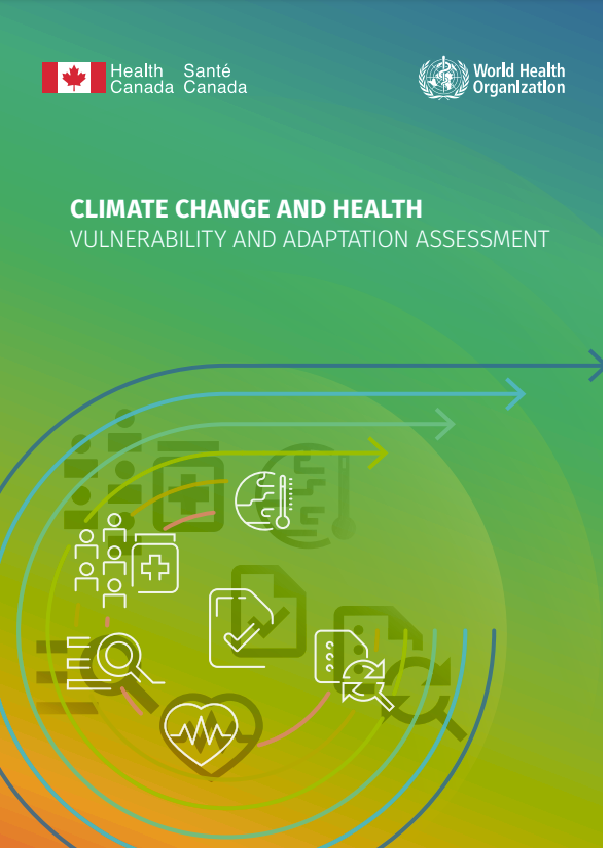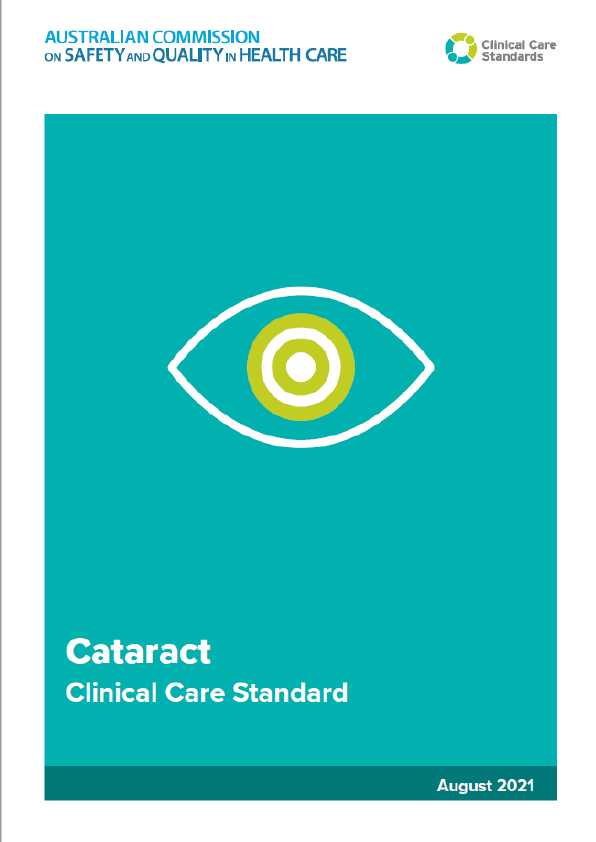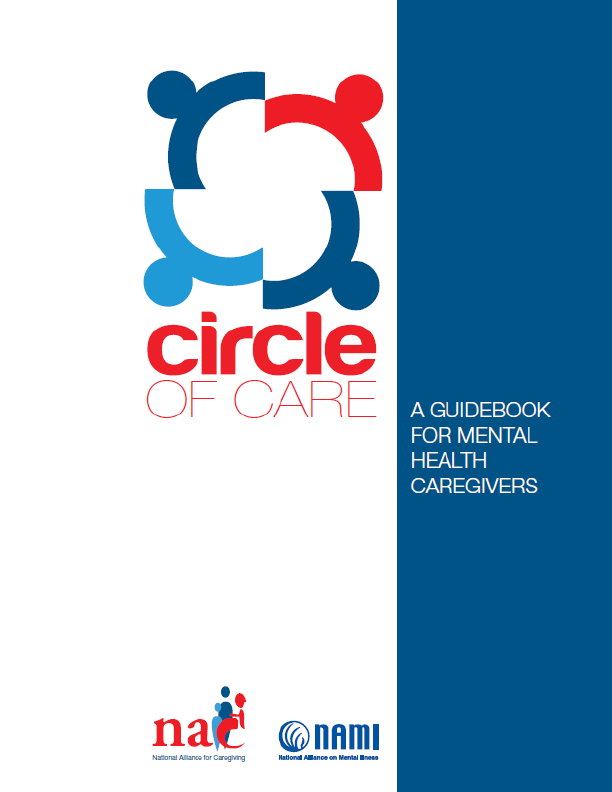Climate variability and change are affecting human health and health systems, increasing climate-sensitive diseases and health outcomes, and damaging health care facilities from sea-level rise, storm surges, and extreme weather events such as flooding, drought and heatwaves. Between 2005 and 2019, an average of 412 health facilities were damaged or destroyed each year by climate-related disasters – and such impacts are increasing.
Climate change over the next few decades is projected to alter the geographical range and numbers of cases of injuries, illnesses and deaths from climate-sensitive health outcomes, and affect the functioning of public health and health care systems. If no additional actions are taken, substantial increases in morbidity and mortality are projected for a wide range of health outcomes over the coming decades.
Vulnerable populations and geographical regions will be affected differently, with increases in poverty and inequities linked to climate change. Until the middle of the twenty-first century, non-climatic factors such as the key determinants of health (e.g. health services, income and social status, education, social support systems, age, and gender) can have a strong or even dominant effect on the burden of climate-sensitive health outcomes, either independently or by modifying climate effects.
A key driver of population health will be the degree of success or failure of current policies and programmes to reduce climate-sensitive diseases and health outcomes. Understanding the strengths and weaknesses of the health system and specific programmes to manage climate change impacts and surprises is of critical importance to plan modifications needed to increase the resilience of health systems.
The World Health Organization (WHO) Operational Framework for Building Climate-resilient Health Systems highlights important components and resources necessary to ensure health system functioning and resilience (Figure 1). This can be used to inform the planning and conduct of climate change and health vulnerability and adaptation (V&A) assessments.
A V&A assessment is a participatory process. It is a tool that allows countries to evaluate which populations and specific geographies are most vulnerable to different kinds of health effects from climate change; identify weaknesses in the systems that should protect them, and specify interventions to respond.
All climate-sensitive diseases and health outcomes are current causes of morbidity and mortality, although perhaps new or emerging in specific regions; therefore, building climate-resilient health systems to explicitly take climate change into account should enable reductions in most of the projected increases in morbidity and mortality. Policies and programmes designed to address the health risks of climate change should be incorporated into existing programmes within and outside health systems to ensure the efficient use of financial and human resources. At the same time, flexibility and innovation will be needed in approaches to protecting health, as the future is inherently uncertain, with many unknowns about the rate and pattern of climate change and development pathways, including changes in a wide range of social, technological and economic factors.











